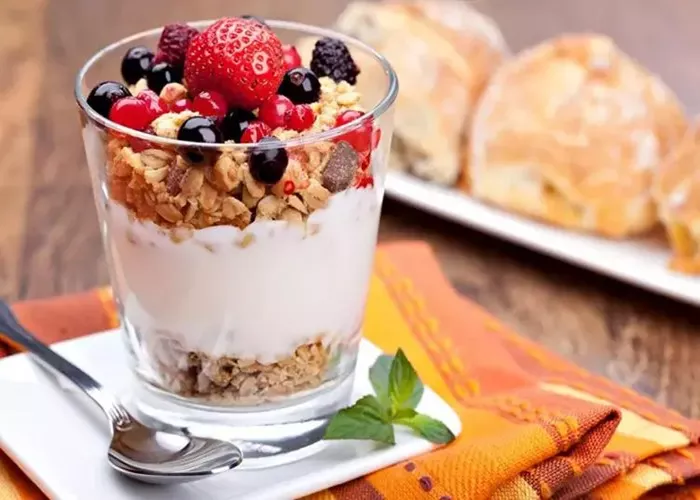In the realm of weight loss and dietary management, understanding various dietary restrictions and preferences is crucial. One such dietary approach is the bland diet, often recommended for individuals experiencing gastrointestinal inflammation or other related conditions. This article aims to demystify what types of meat are suitable for a bland diet, explaining its principles, benefits, and practical food choices.
Understanding a Bland Diet
A bland diet, also known as a soft diet, low-residue diet, or gastrointestinal soft diet, emphasizes foods that are low in fiber, soft in texture, and gentle on the digestive system. This diet is primarily prescribed for individuals with gastrointestinal issues such as infections, diverticulitis, Crohn’s disease, ulcerative colitis, acid reflux, and peptic ulcers. The goal is to alleviate symptoms like bloating, diarrhea, gas, and nausea by eliminating foods that could exacerbate these conditions.
Key Principles of a Bland Diet
Low Fiber: Fibrous foods can irritate the lining of the gastrointestinal tract, so they are minimized.
Soft and Easy to Digest: Foods should be tender and easily broken down to reduce digestive effort.
Mild Flavors: Spicy, heavily seasoned, or acidic foods are avoided to prevent further irritation.
Frequent Small Meals: Eating smaller portions more frequently can help manage hunger and prevent overeating.
Why Meat is Important in a Bland Diet
While vegetables, fruits, and grains play a significant role in any diet, meat provides essential proteins, vitamins, and minerals that are vital for maintaining muscle mass, energy levels, and overall health. In a bland diet, selecting the right type of meat is crucial to ensure nutritional balance without compromising digestive comfort.
Suitable Meats for a Bland Diet
Fish
- Types: Freshwater fish like tilapia, salmon, and sole, as well as saltwater fish like cod and haddock.
- Benefits: High in omega-3 fatty acids, which are beneficial for heart health. Fish is also easy to digest and low in fiber.
- Preparation: Baked, poached, or steamed with minimal seasoning.
Pork
- Types: Tender cuts like pork tenderloin, pork chops, and lean ground pork.
- Benefits: Good source of lean protein and essential amino acids.
- Preparation: Cooked slowly in broth or stewed to ensure tenderness.
Beef
- Types: Lean cuts like sirloin, filet mignon, and lean ground beef.
- Benefits: High in iron and vitamin B12, essential for energy production and red blood cell formation.
- Preparation: Grilled, braised, or roasted to tender perfection.
Poultry
- Types: Chicken, turkey, and duck (preferably lean cuts like breast meat).
- Benefits: Provides high-quality protein and is relatively low in fat.
- Preparation: Baked, roasted, or steamed with mild herbs and spices.
Preparing and Cooking Tips
Cooking Methods: Focus on moist cooking methods like steaming, poaching, baking, and braising to ensure tenderness.
Seasoning: Use mild herbs and spices like garlic, onion powder, and parsley sparingly. Avoid chili peppers, black pepper, and other strong seasonings.
Fat Content: Trim excess fat from meats to reduce greasiness and digestive discomfort.
Doneness: Ensure meats are fully cooked to avoid food poisoning but not overcooked to retain moisture and tenderness.
Alternative Protein Sources
For those who prefer or need to avoid meat, alternative protein sources can be incorporated into a bland diet:
Tofu and Tempeh: These soy-based products are high in protein and can be prepared in various ways to suit a bland diet.
Plant-Based Milk Alternatives: Almond milk, coconut milk, and oat milk can provide additional protein and nutrients without overloading the digestive system.
Legumes (in Moderation): While beans and lentils are high in fiber, they can be included in moderation and cooked well to soften them.
Incorporating Meat into a Balanced Bland Diet
A balanced bland diet should not only focus on meat but also include a variety of other foods to ensure nutritional adequacy:
Vegetables: Cooked, skinless, and seedless vegetables like potatoes, carrots, and squash are gentle on the stomach.
Fruits: Soft fruits like bananas, ripe peaches, and pears can be enjoyed in moderation.
Grains: Refined grains like white rice, white bread, and pasta are easier to digest than whole grains.
Dairy: If tolerated, low-fat dairy products like yogurt, cottage cheese, and skim milk can provide additional protein and
calcium.
Lifestyle Considerations
Eating Habits: Eat smaller meals more frequently to avoid overloading the stomach. Chew food thoroughly to aid digestion.
Hydration: Stay well-hydrated by drinking plenty of water, herbal teas, and broth.
Avoidance: Steer clear of hard, fatty, spicy, and gaseous foods that could irritate the digestive system.
Conclusion
A bland diet, with its focus on low-fiber, soft, and easy-to-digest foods, can be a valuable tool in managing gastrointestinal symptoms and promoting overall digestive health. When it comes to meat, selecting tender, lean cuts and preparing them using moist cooking methods ensures that they are both nutritious and gentle on the stomach. By incorporating a variety of other foods into a balanced bland diet, individuals can maintain nutritional adequacy while addressing their digestive needs.
Always consult with a healthcare provider before making significant changes to your diet, especially if you have a pre-existing medical condition or are undergoing treatment.
Related topic:


